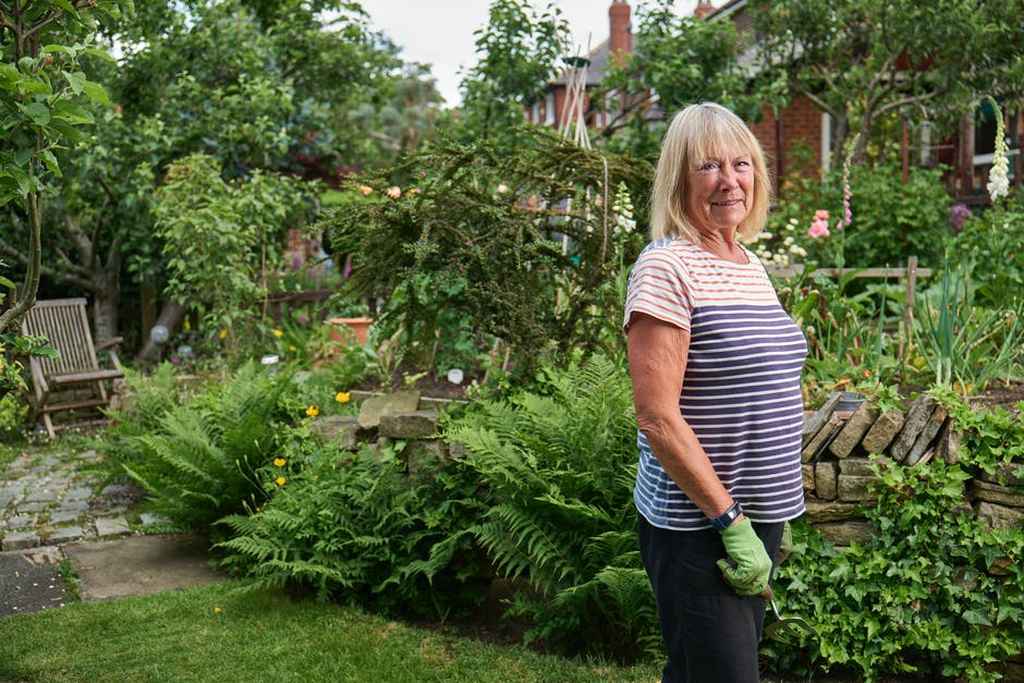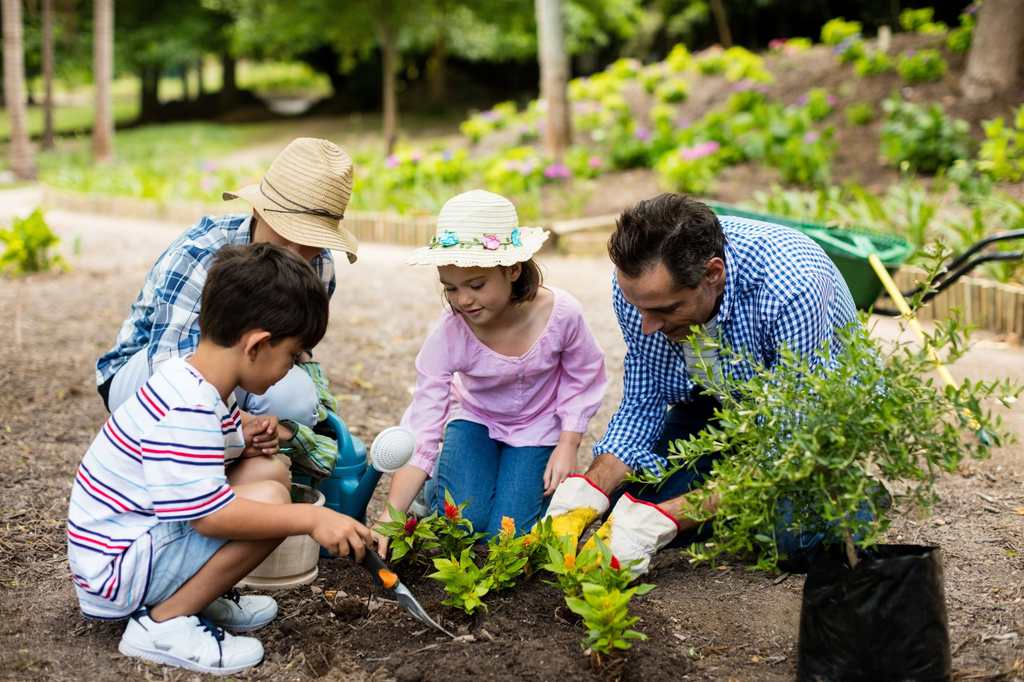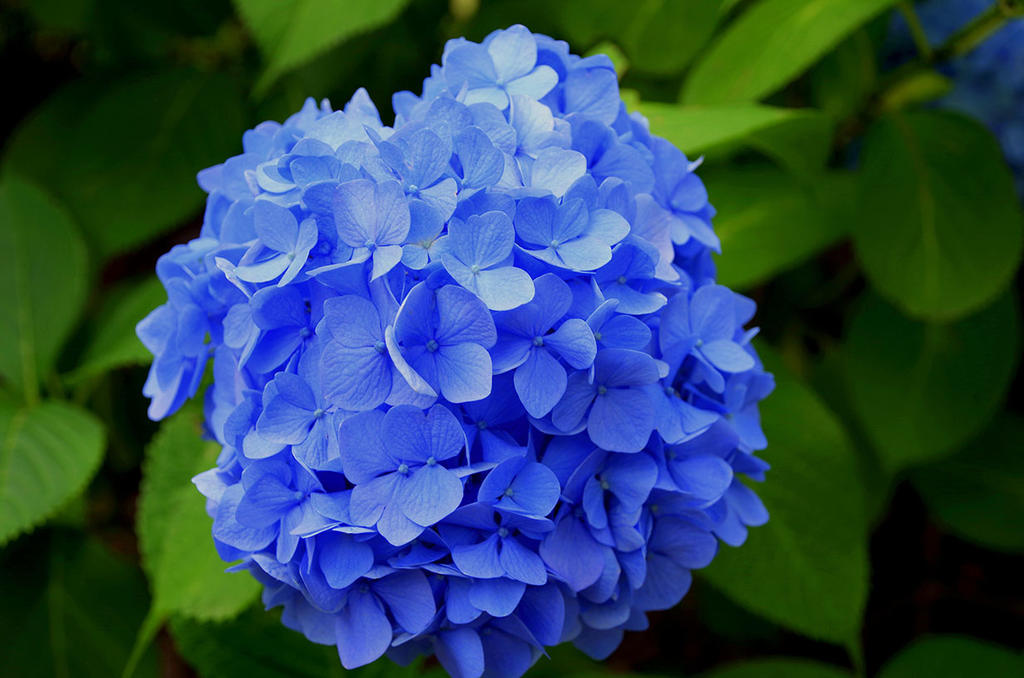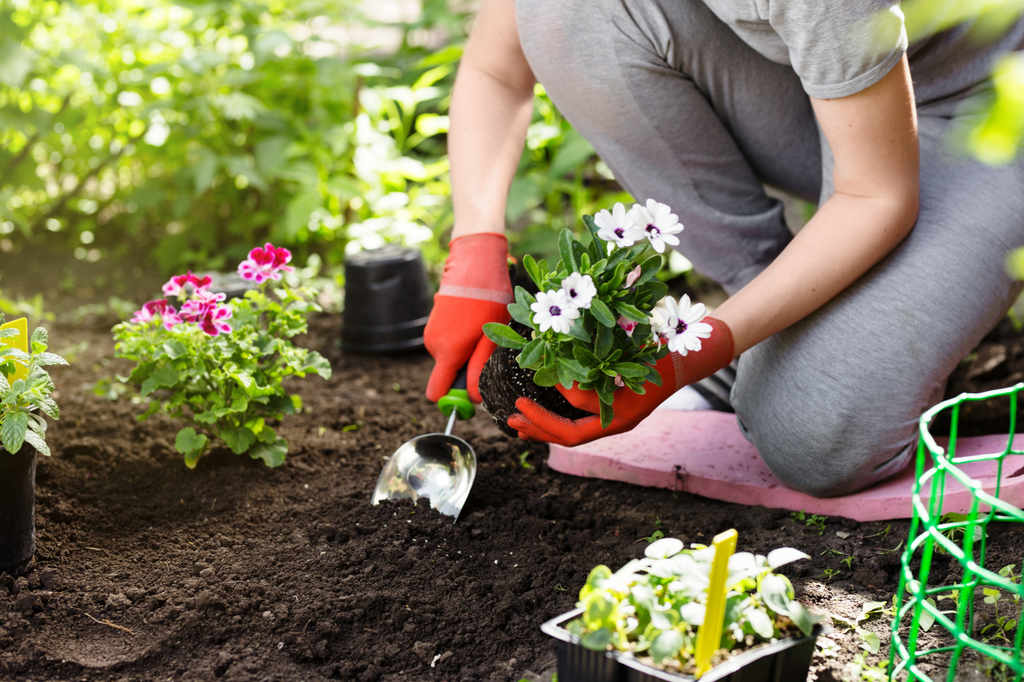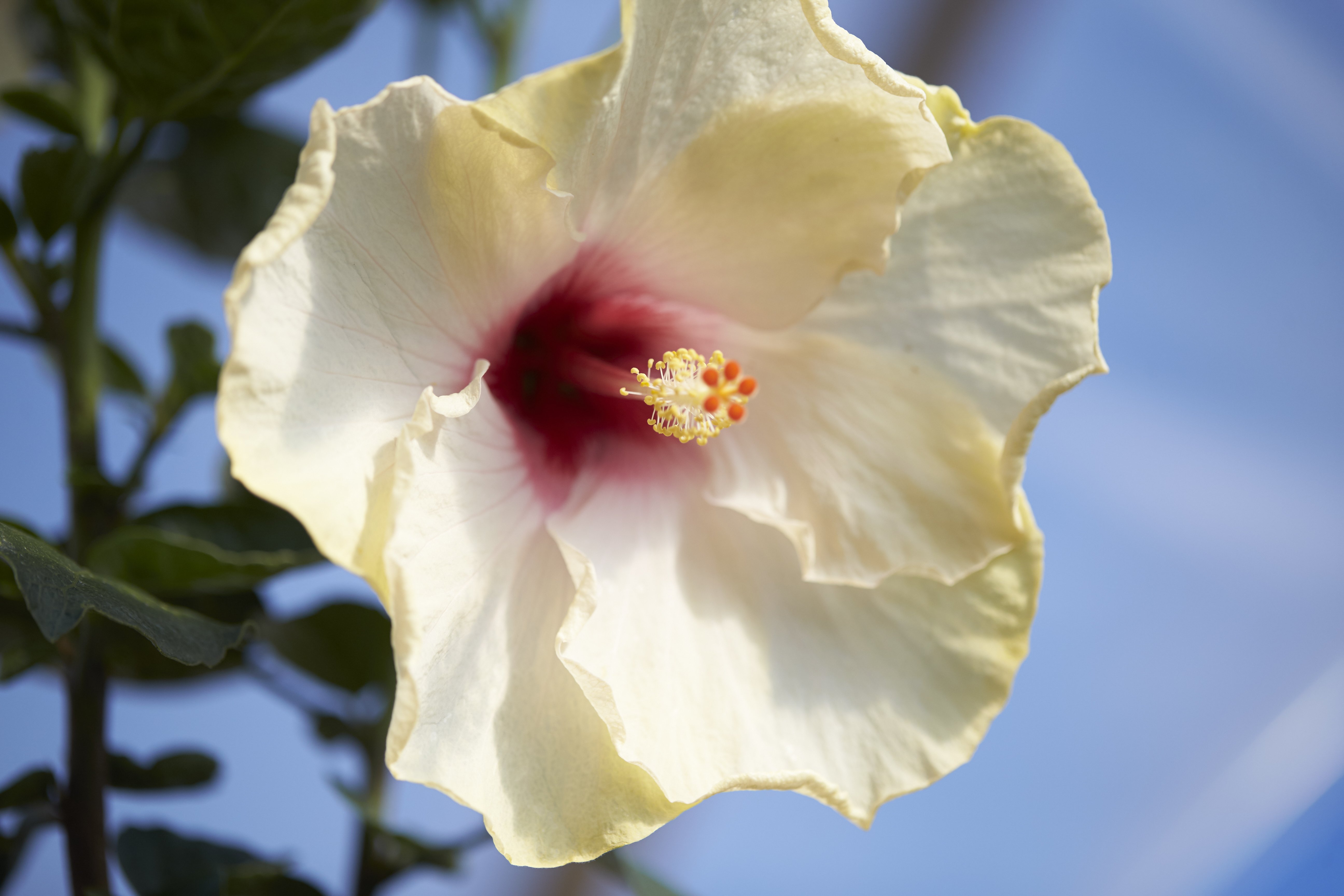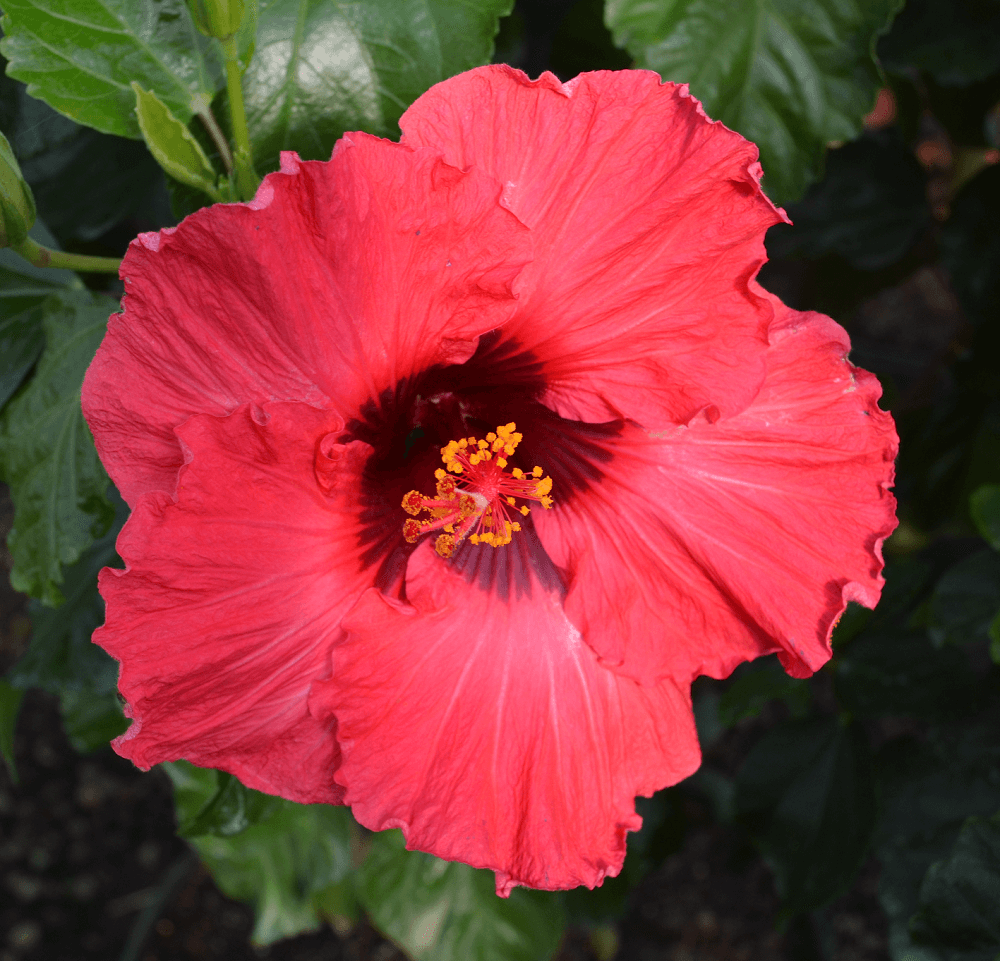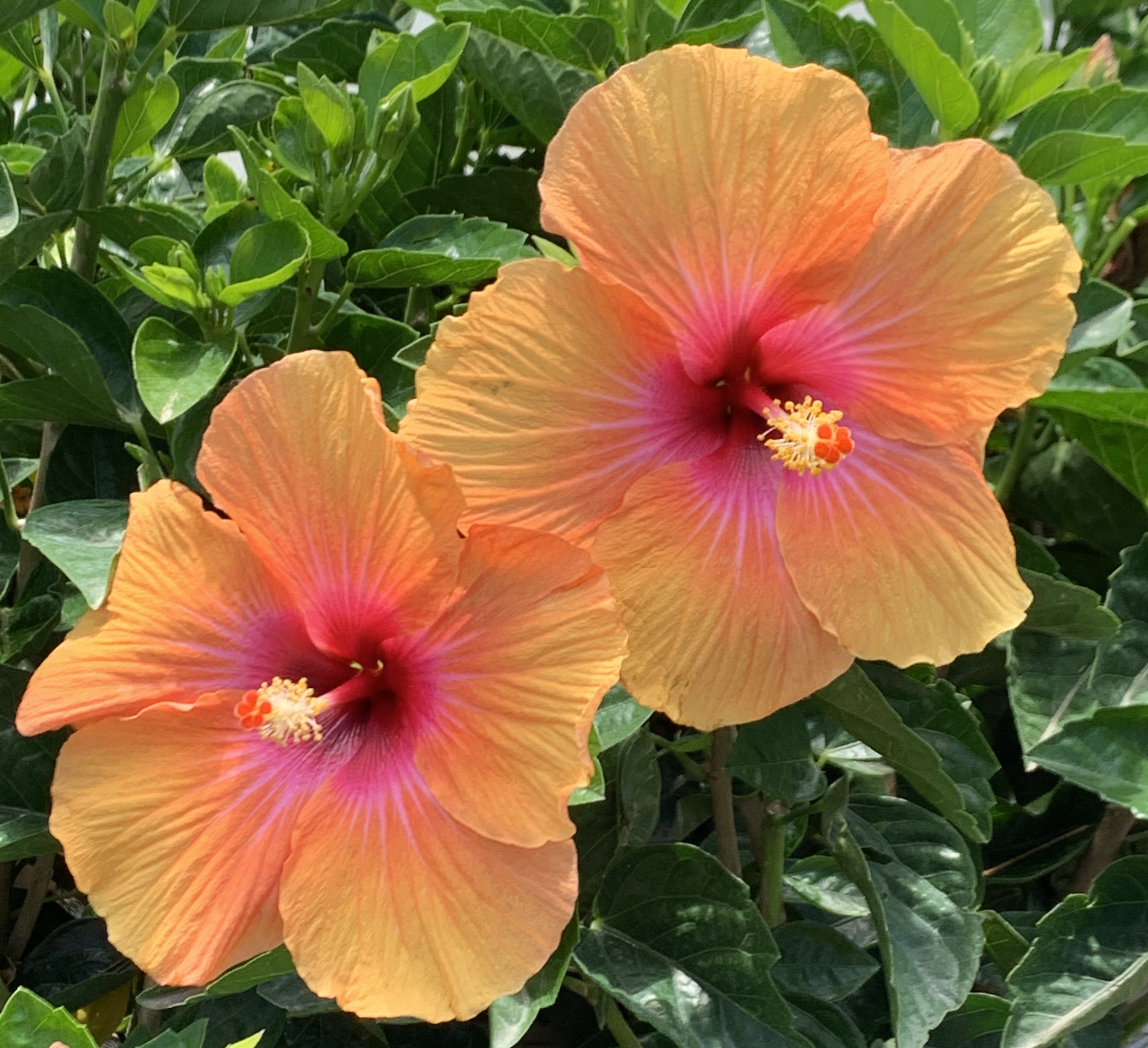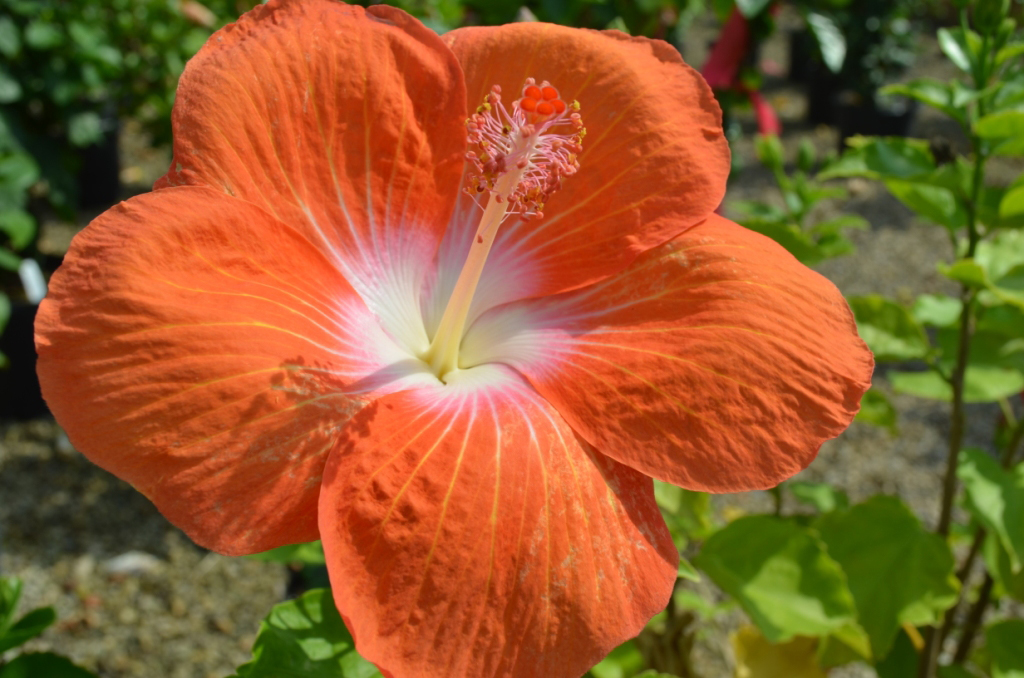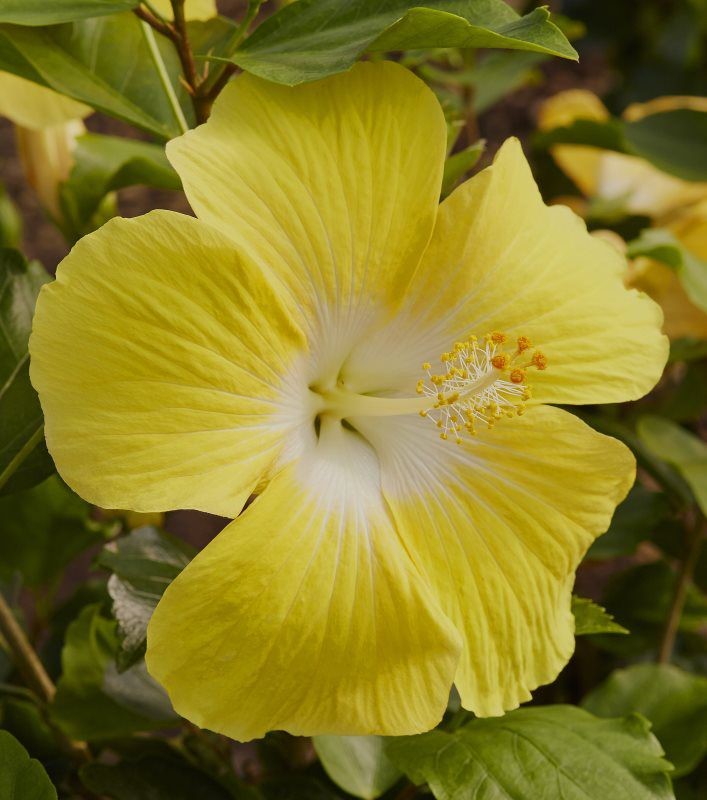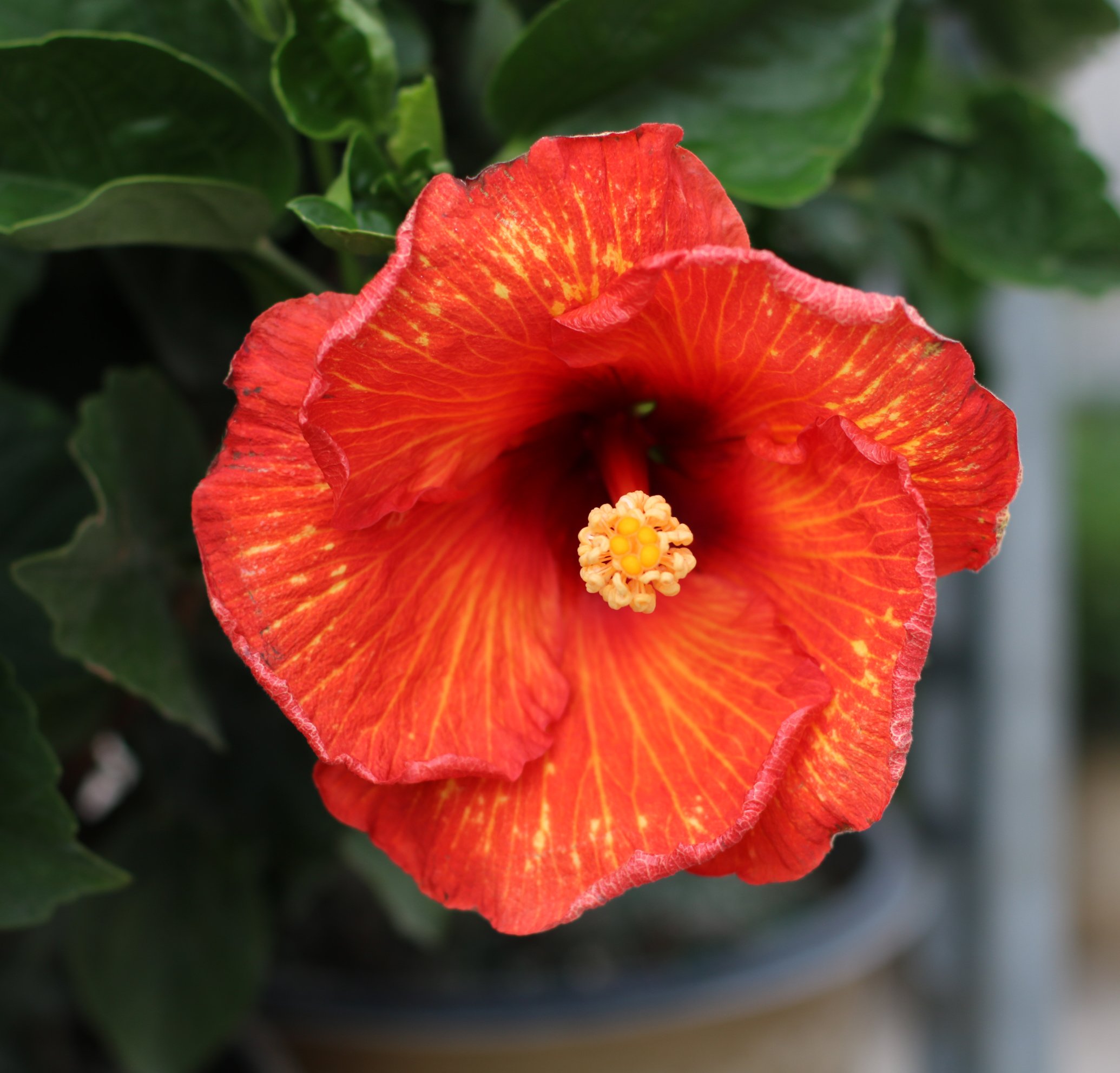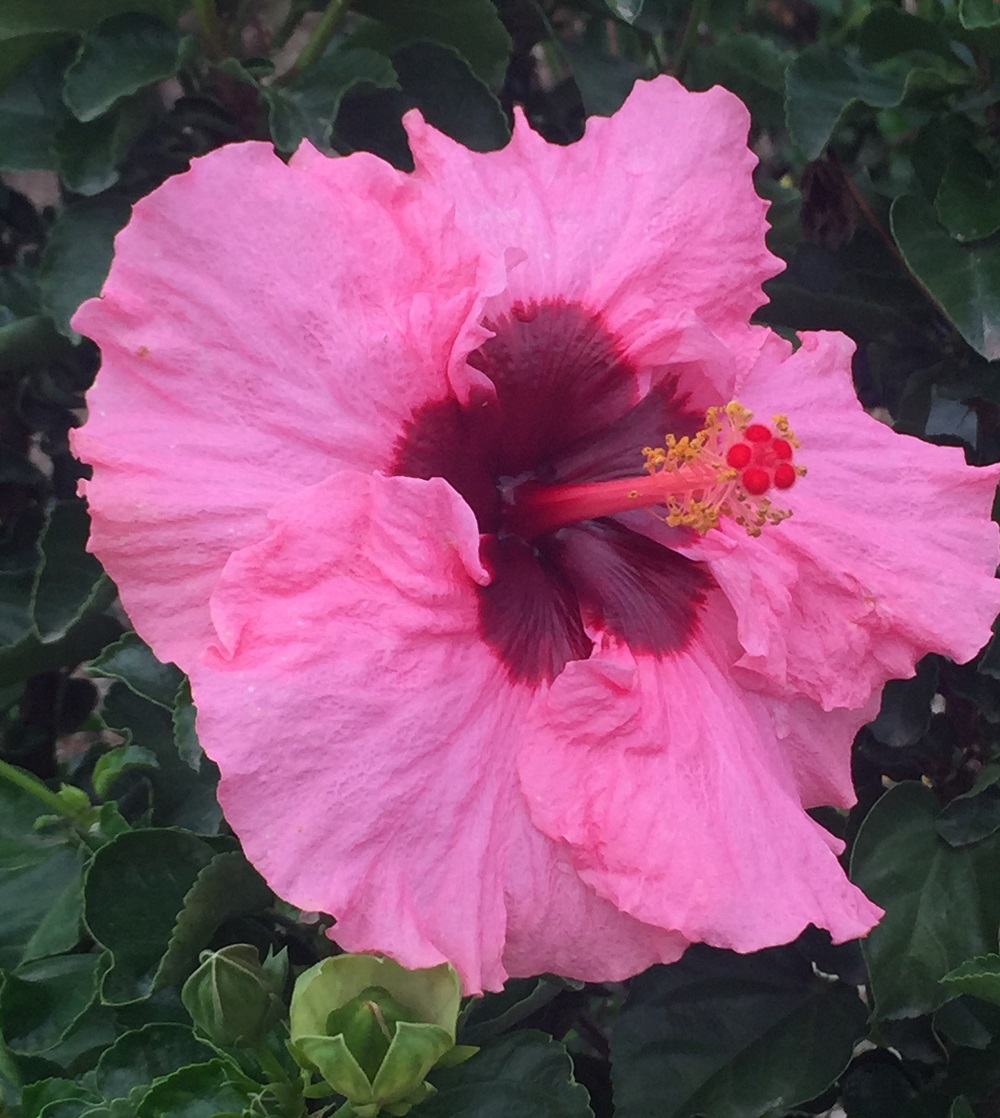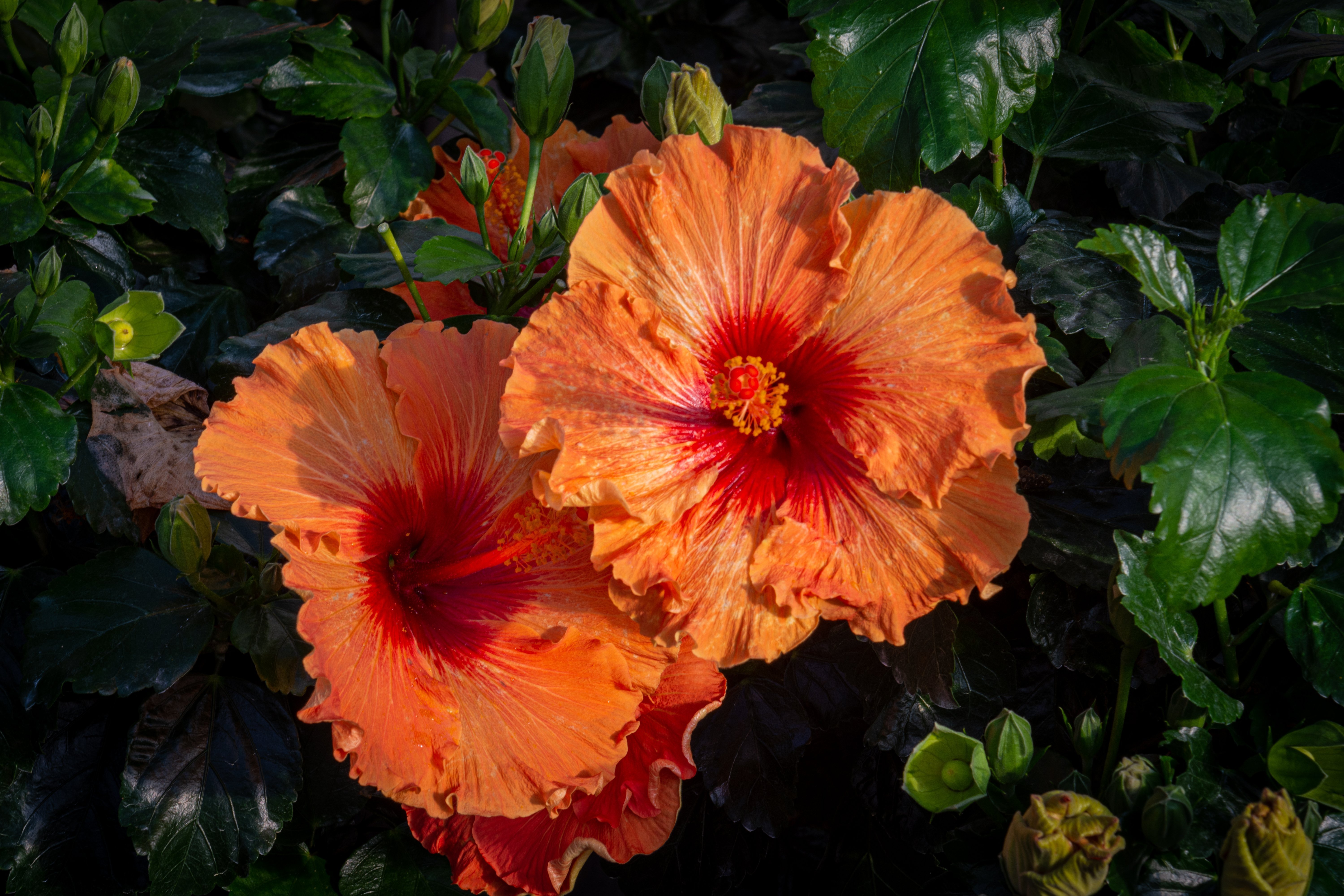By using our website, you agree to the use of cookies as described in our Cookie Policy
The Dos and Don'ts of Watering Plants
Did you know that the average person has killed about seven houseplants?
If you are nervous about making sure your plants thrive, don't worry - we are here to help provide you with the best tips to help you on your plant journey.
Are your plants sagging, wrinkling, yellowing, or spotting? Are you unsure how to tell if you've overwatered or underwatered?
Don't stress. We've broken down the dos and don'ts for how and when to water plants.
Do: Research Your Plant
The first step of properly watering your plants is research. By researching your plant, you'll be able to better mimic its natural environment in your home or garden. You may be able to find tips and advice from other gardeners online or at your local nursery. Don't be afraid to ask questions when you buy your plants: let experts help you succeed.
Ask about where your plant comes from. Plants native to tropical areas, like hibiscus, need more water than desert plants, like cacti. A little research goes a long way to making your plants happy.
Don't: Check The Soil Regularly
For around 95% of plants, the ideal watering situation is to have soil that never completely dries out. Water your plants when the top one inch of soil has dried out. (Most experts recommend the top one inch, but it depends on each plant.) It's simple - just stick your finger about an inch into the soil. If it's moist, no need for water. If it's dry, time for a drink.
Of course, some plants prefer soggier or dryer conditions. In general, bog plants, like Colocasias, prefer moist soil. However, many plants like cacti, succulents, and yucca like to dry out between waterings.
The best way to know when to water plants is to feel the top two inches of soil. If it feels dusty or dry, it's time to water.
Do: Have Well-Draining Soil
Sometimes we equate watering with giving care. We want our plants to be happy and healthy. We love our plants!
However, there is such thing as too much of a good thing. Make sure your potted plants have well-draining soil and ways for the water to escape. This could be a drainage hole in the bottom of your pot or a water tray. Use a rich, well-draining potting mix for container plants that allows the water to flow through the soil easily. Don't use garden soil in containers: the heavy soil can become compacted, not allowing water to drain well.
If you garden in heavy clay soil, make sure to add organic matter to the hole when you plant. Amending heavy clay soil with compost helps ensure good drainage.
Empty your potted plant's drainage trays daily. If the plant sits in the water, bacteria can grow and lead to root rot.
Don't: Depend on Rain for Watering Plants
When you're in the rainy season, you may be tempted to skip watering outdoor plants. This isn't wise because most plants need at least one inch of water per week, and rain can be unpredictable.
To help you determine how much to water outdoor flowers, place a rain gauge near your garden. Check the gauge at least once per week, and water your garden if the rainfall is giving less than an inch of water. Or, just stick your finger in the soil, at the base of the plant about an inch deep to check soil moisture.
For outdoor plants, it's generally better to overwater than underwater. You should water outdoor container plants at least once daily during summer's high heat. Hand watering is better than a broadcast sprinkler system, which can lead to too much moisture and disease splashing on leaves from the soil.
Do: Water in the Morning or Evening
Watering at the right times of day is especially important for garden watering. When you water in the middle of the day, more water evaporates before it reaches the root system of the plants.
Instead, aim to water in the morning, hydrating the plant and allowing excess moisture to dry on the leaves, helping to prevent disease. (Note: Watering at night promotes disease.)
With that being said, water your plants when they need water. If your plants look thirsty, you don't need to wait until evening to water them.
Don't Give Up!
Watering plants can seem tricky, but you will gain confidence with practice! At J. Berry Nursery & Genetics, we believe anyone can maintain a beautiful home and garden, starting with exceptional plants.
Do you have other plant care questions? We're happy to help! Contact us today to learn more!
‹ Back
Past Performances
These previously shown stars are not part of the Proven Winners brand and are no longer being grown at our facility.


